Redevelopment continues along emerging OKC tourist corridor, but eyesores remain
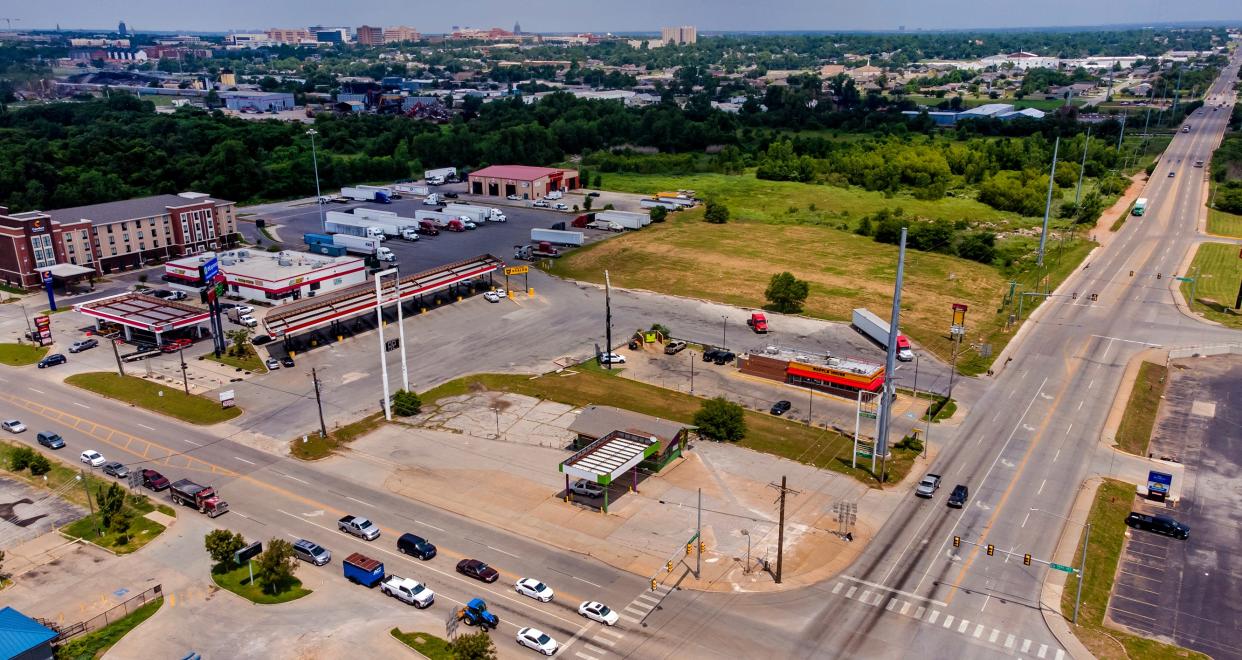
Scrapyards, vacant industrial buildings and litter strewn along dirt lots is nothing new for Reno Avenue east of Bricktown, but it is hardly the appearance one might expect for what is likely to become one of Oklahoma City's most visible tourist corridors.
Redevelopment is happening along Reno Avenue between Bricktown and the future OKANA resort, but challenges remain with the $400 million resort opening along the Oklahoma River in early 2025. And answers are not coming easily.
Bricktown, the city’s oldest and largest entertainment district, is home to nine hotels, dozens of restaurants and shops, museums and multiple entertainment venues. And down the road, the OKANA resort being built next to the First Americans Museum will feature an 11-story, 400-room hotel, conference center, water park, dining and eventually an aquarium.
The main entrance to Riversport, the growing outdoor recreational park along the Oklahoma River, is located between the current and future tourist draws.
But the drive between the current and future tourist destinations is a two-mile eyesore that confronts drivers with dirt and debris tracing back to two scrapyards. It’s not a drive that will be showcased in tourism brochures, but Zac Craig, president of Visit OKC, sees potential.
“This corridor is an important connection between Bricktown and OKANA and the First Americans Museum,” Craig said. “I think we are going to see this area continue to develop with visitor amenities and activities as it lies between two very significant destination anchors that will attract thousands of visitors.”
E-Express recently purchased the northwest corner of Reno and Martin Luther King avenues for $5.15 million and is planning to replace the Checkers Truck Stop, built in 1996, and an abandoned gas station, built in 1970, with a modern travel stop, multiple restaurants and two dog parks.
More: West OKC selected for 12,000-seat amphitheater, entertainment complex
E-Express, which currently has 12 locations in the Oklahoma City metro area, hopes to be a part of that transformation. Joe Julian, marketing director, said construction likely will begin within the next two years.
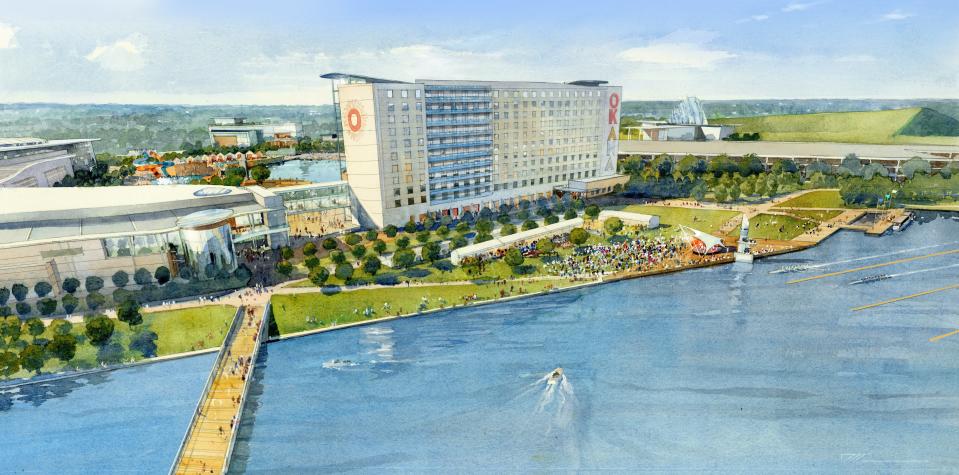
“We own the entire corner,” Julian said. “Bricktown is expanding in that direction. We heard about the resort, and our goal is to redevelop that whole area with a nice travel stop.”
Plans show the new travel stop will be 20,000 square feet, more than twice the size of the Checkers Travel Stop, and will include drive-through lanes on the east and west sides of the store. The travel stop will include up to five restaurants and two dog parks, one for travelers and another for truck drivers.
The development includes 14 acres of undeveloped land to the north of Checkers that will be used for truck parking and a possible service garage. A Waffle House at 105 S Martin Luther King, built in 2003, and a Comfort Inn and Suites at 1809 E Reno, built in 2017, are not part of the development.
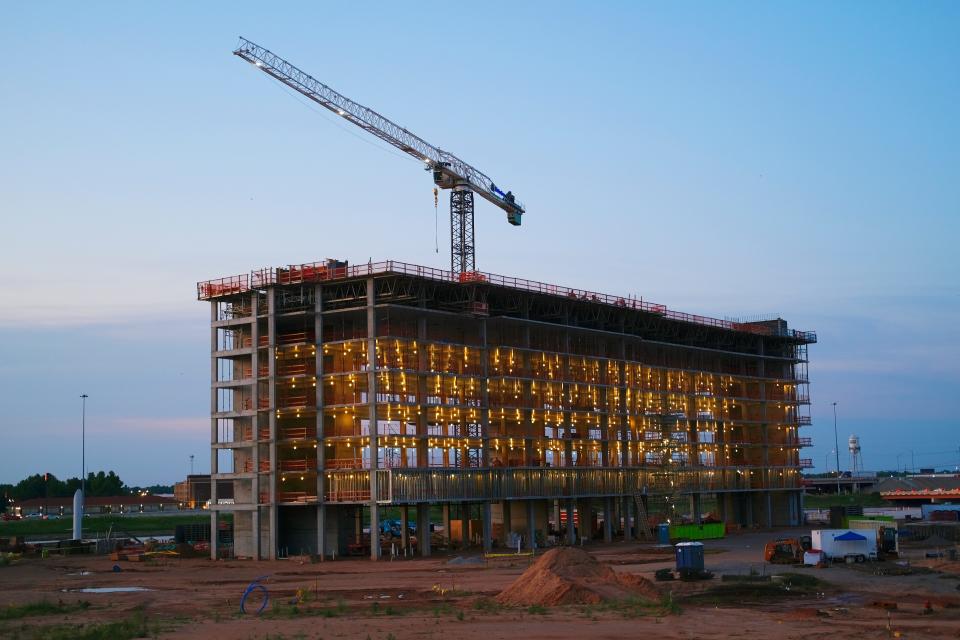
The two-mile stretch of Reno Avenue between Bricktown and OKANA is traveled by more than 8,800 a day while Martin Luther King at Interstate 40 sees more than 24,000 vehicles a day.
Reno Avenue is a mix of older motels on the east end of the corridor and newer hotels, storage yards and light industrial buildings on the west end. The corridor, once home to a string of scrapyards, is down to just two, but both involve heavy vehicles and dusty, often trashy frontages along the middle stretch of the street.
“Hopefully, some more development will follow,” Julian said. “It's not very clean, so hopefully that will change.”
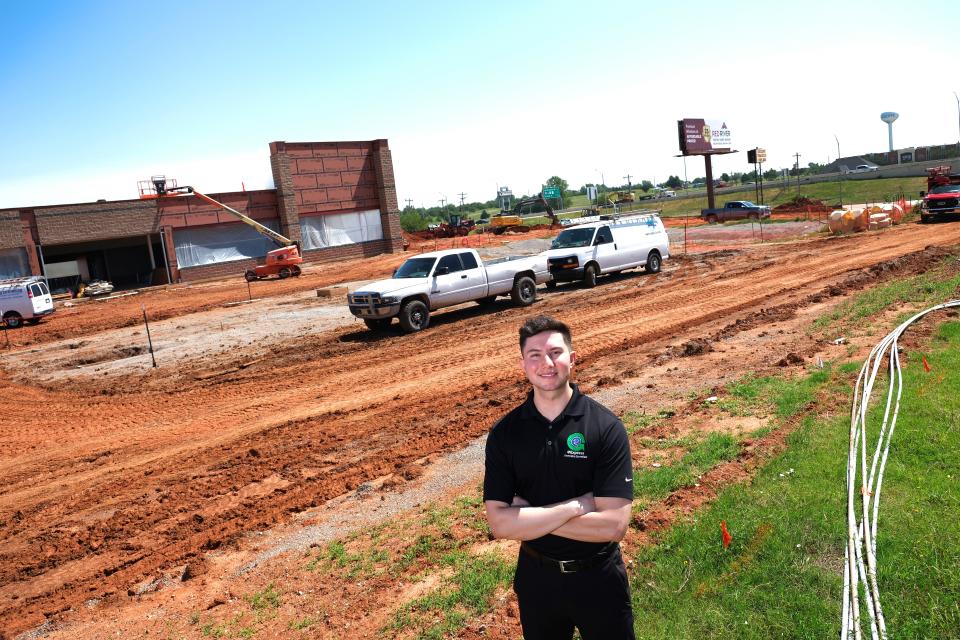
Hospitality and industry clash along Reno goes back decades
When Standard Iron & Metal opened in 1951 east of downtown Oklahoma City, the grand opening was attended by dignitaries, including representatives of the governor and mayor.
Over the ensuing years the stretch of Reno Avenue east of what is now Bricktown was lined with a half dozen scrapyards, oil and gas pipeline and service yards, towing operations and a truck dispatch center.
A very different type of development took place on the east end of the corridor, which for years was a cotton compress yard.
The opening of I-40 just a block south of Reno Avenue turned the junction with Eastern Avenue (now Martin Luther King) into a hospitality corridor. In 1969, the city was asked to approve zoning for a Trade Winds Central Motor Inn at 1800 E Reno Ave.
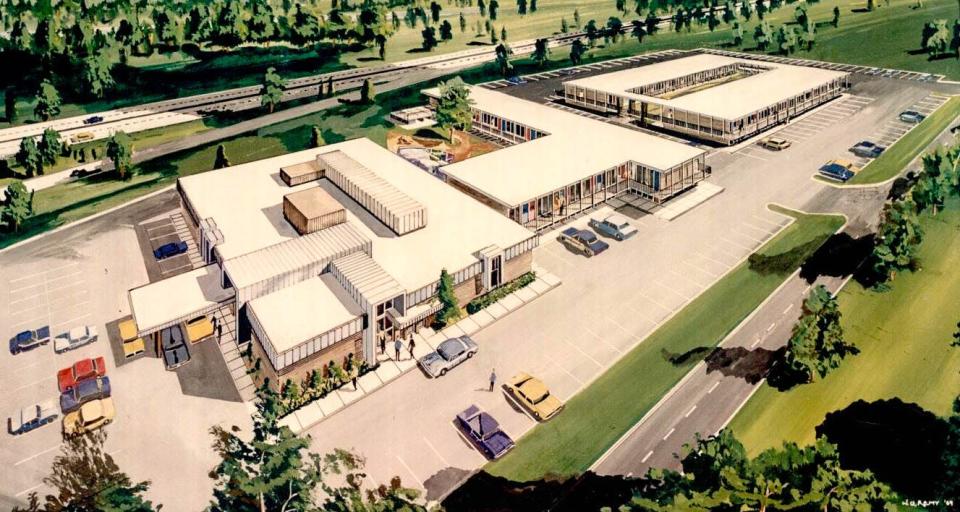
The local industrial operators on the west half of the corridor unsuccessfully opposed the zoning after they told the city council the motel operators would open and then complain about the smoke and odor.
Billed as a $2 million, “luxury motel,” Trade Winds Central opened in 1970. Five years later, the operation expanded with construction of the $3 million Trade Winds Convention Inn.
The two motels were established to work together as a conference hub, with the Convention Inn featuring inside room corridors, a courtyard and pool, and a ballroom for up to 1,000 people.
More: Cheesesteaks, beer, live music expected to bring life to 'hidden' Bricktown corner
A couple of gas stations opened about the same time, followed by construction of truck stops in the 1980s. The oil bust, however, stalled development, and by the 1990s the Trade Winds Convention Inn, rebranded as a Ramada Inn, closed multiple times and went through several name changes.
The hotel closed for good last year, and the current owner is attempting to get city council approval to rezone the property for a senior living center.
The former Trade Winds Central also still stands, but the lobby and former Trade Winds Central Club has stood vacant for more than a dozen years. The remainder of the former Trade Winds was separated with one operated as a Motel 6 and the other as an Econolodge.
A new hotel cluster has emerged over the past several years along Reno Avenue immediately east of Bricktown. Three budget hotels are open, and a fourth is being built where the Central States trucking terminal once stood.
The west end of the corridor also is home to one storage unit operation with another one under construction to the east of the budget hotels.
More: Historically Black neighborhood in Oklahoma City finds no relief from decades of explosions
Most of the oil-related industrial operations that once lined Reno Avenue are closed and now up for sale. The number of scrapyards dropped to just two, Standard Iron and Derichebourg Recycling.
Their ongoing presence complicates discussion of how best to transform this stretch of Reno, which in addition to linking Bricktown, the First Americans Museum and OKANA, is also a direct connection to Riversport, boathouses and attractions along the north shore of the Oklahoma River.
MAPS 4 beautification along Reno Avenue possible, but not certain
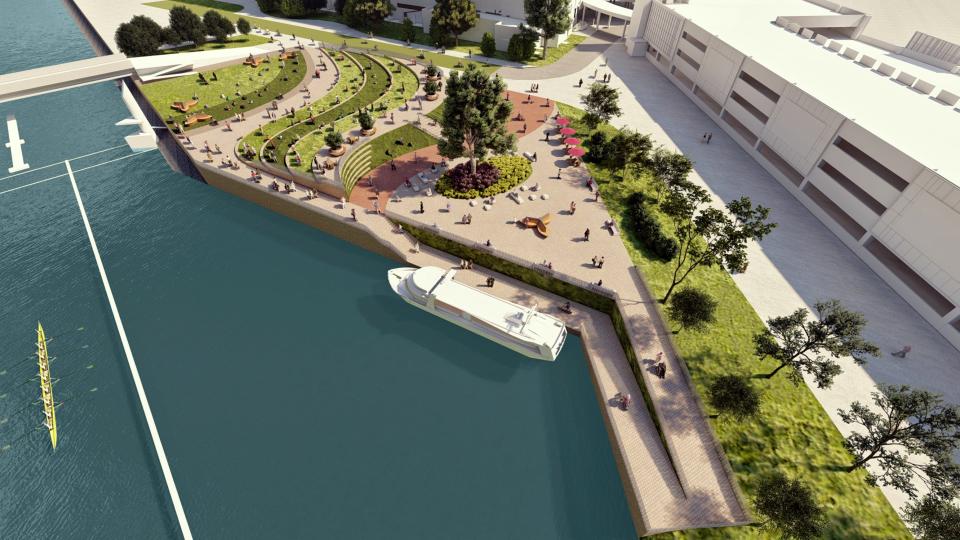
MAPS 4 includes funding for a pedestrian bridge to link the First Americans Museum and OKANA to trails on the north shore of the river connecting to Riversport, the boathouses and Bricktown. The MAPS 4 ballot also included beautification funding for Reno Avenue, but David Todd, MAPS program manager, cautions details of any improvements are uncertain.
“It’s on our radar,” Todd said. “We're just starting with picking out specific projects, prioritizing and budgeting. While it’s on the resolution of possible projects, it doesn’t mandate it.”
Both Todd and Mayor David Holt say any beautification effort along Reno Avenue will be cosmetic at best and won’t involve the sort of streetscapes done in the Plaza District, Uptown and Automobile Alley.
“We have recognized for several years that Reno will emerge as a key connection between Bricktown, Riversport, FAM (First Americans Museum) and OKANA,” Holt said. “That’s why we included it in the list of corridors to be addressed by the beautification funds in MAPS 4.”
More: OKC consultants invite public feedback to refine new preliminary BRT routes
That funding, Holt said, is limited and in contention for areas throughout the city. Art and landscaping are likely approaches to beautification, Hold said. But Todd adds the city is challenged with planting trees if no private entity is ready to take care of the landscaping.
“Our scope is just public property and easements, not the condition of private businesses,” Holt said. “But this kind of funding has rarely if ever been allocated in city history, so I’m excited to see it attempted because these aesthetics matter. And they matter more and more along this corridor as these various river developments become more established.”
This article originally appeared on Oklahoman: What redevelopments are coming to Reno Avenue in Oklahoma City

